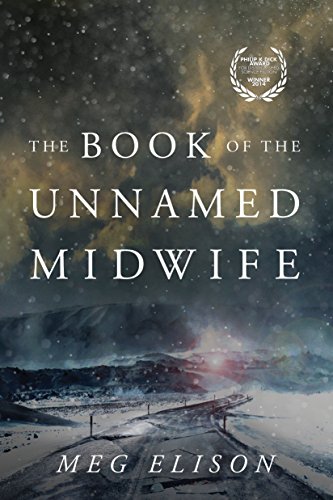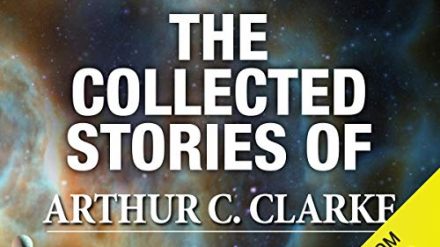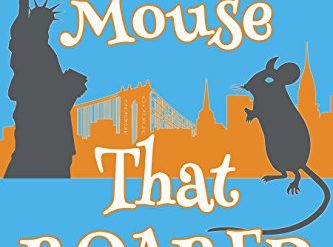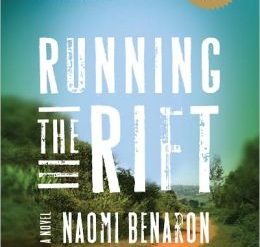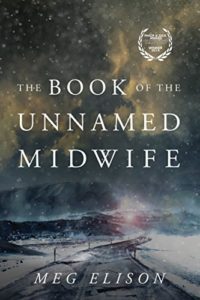
Meg Elison‘s debut novel, The Book of the Unnamed Midwife, won the prestigious Philip K. Dick Award and was included among the Publishers Weekly Best Books of the Year, 2016, and Amazon Best Books of the Year, 2016. It’s another sign that science fiction has come of age, no longer confined to a readers’ ghetto. The novel is a powerful feminist story set principally in the US in the near future. An unstoppable “plague” has killed off nearly all the human race but has proven far more lethal for women and children than for men.
In the aftermath of the pandemic, a registered nurse-midwife at the University of California-San Francisco (UCSF) has awakened after a weeks-long bout with the illness, only to find that her lover, a physician named Jack, has disappeared and everyone else in the hospital is dead. We never learn the midwife’s name: as she staggers through the desolate world, encountering other living human beings only occasionally, she introduces herself under a series of assumed names.
“The book” of the title is her diary, a searing account of her feelings and experiences in a world gone mad. A diligent diarist, she incorporates stories from others she meets along the way. Several generations later, the midwife’s book represents for at least one community the only full account of the collapse that followed the plague. In a twist reminiscent of Walter M. Miller’s A Canticle for Leibowitz, the book is treated with reverence by the survivors, who are gradually building a new, matriarchal civilization.
The Book of the Unnamed Midwife by Meg Elison ★★★★☆
The midwife slowly makes her way, partly on foot, partly by car or bicycle, and later by snowmobile, from San Francisco through Northern California, Oregon, Idaho, and Utah. She frequently encounters violent, sex-crazed men who victimize every woman or girl within their reach, typically enslaving them. Much more rarely, she comes across a woman or a helpful man. She survives by plundering abandoned homes, avoiding the rotting corpses of the dead—and by using the guns and rifles she manages to accumulate from time to time. (Her father had taught her to shoot.)
As the months go by, remaining food, fuel, weapons, and ammunition become ever more scarce. From time to time, she joins one or two others and settles down temporarily, but those connections don’t last. Later, she comes across a new phenomenon: a “hive” in which a single woman rules over a household of several or even dozens of men, doling out sexual favors at whim. Most of the small towns she visits are abandoned. The midwife chooses to avoid the cities, where greater danger lies.
Eventually, after harrowing experiences that force her to kill without compunction, the midwife arrives in a peaceful and thriving community, where she takes up her practice as a nurse and midwife once again. Since the plague struck, no babies have survived birth. In fact, many of their mothers die as well. The midwife has lost hope—but prematurely so.
The Book of the Unnamed Midwife is a rewarding read, but it’s flawed. I found myself wondering who was telling the story. The tale unfolds in a series of excerpts from the midwife’s book, interspersed with a third-person narrative. For much of the book, the narrative focuses only on the midwife. Then the narrative’s scope widens, first to other people and other parts of the US and later to the entire planet. Perhaps it’s irrational of me to expect that a contemporary novel would follow all the dictates of logic. Maybe I’m just too old.
For related reading
For more good reading, check out:
- These novels won both Hugo and Nebula Awards
- The ultimate guide to the all-time best science fiction novels
- 10 top science fiction novels
- The top 10 dystopian novels
- Ten new science fiction authors worth reading now
And you can always find my most popular reviews, and the most recent ones, on the Home Page.

